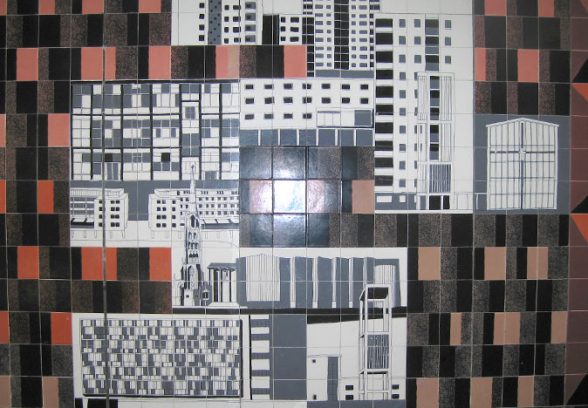This website uses cookies
This website uses cookies to enable it to function properly and to analyse how the website is used. Please click 'Close' to accept and continue using the website.



Managing change effectively and sensitively within Coventry is certainly set to be one of our biggest challenges over the next few years, as the University of Coventry is planning to spend an estimated £125m redeveloping the city centre. Although plans are yet to be finalised in detail, it seems as though Coventry will see the most extensive changes to its urban landscape since the post-war period.
Unlike more recognisably ‘iconic’ brutalist buildings which have seen a recent upsurge in appreciation, the refined Scandinavian style which characterises many of these civic centre buildings is less appreciated and less understood , and attitudes are not changing fast enough. Coventry is resplendent with fine post-war buildings, and some of these are already listed – but there are concerns that others may be overlooked in regeneration plans. However, we are hopeful that the recent publication from Historic England’s Informed Conservation series will help considerably in shaping opinion and putting C20 conservation in Coventry firmly on the agenda.
Coventry, The Making of a Modern City 1939-73 by Jeremy and Caroline Gould is a long overdue re-examination of the pioneering and city-wide approach to architectural design and planning, focusing not just on the best known landmarks, but on a huge variety of religious, commercial, recreational and domestic buildings, as well as the integrated art works which contribute to Coventry’s urban texture (see detail of Gordon Cullen’s 1957 mural shown above). Meticulously researched and resplendent with colour images, it takes an important step in countering popular assumptions about Coventry’s twentieth century heritage as nondescript and inconsequential.
We will support Historic England in highlighting the importance of these buildings and works of public art, and hope to work with the Local Planning Authority in protecting the best of them. In demonstrating their position in wider frameworks of post-war planning and the development of modern architecture as it began to break with its own traditions in the 1950s, we also hope to bring renewed understanding of these buildings, and so make as strong a case as possible for their conservation. The Making of a Modern City concludes that ‘what Coventry needs is sensitive, informed and imaginative planning so that change can be managed in ways that continue the life, use and enjoyment of Coventry’s post-war heritage’ – we couldn’t agree more.

Become a C20 member today and help save our modern design heritage.